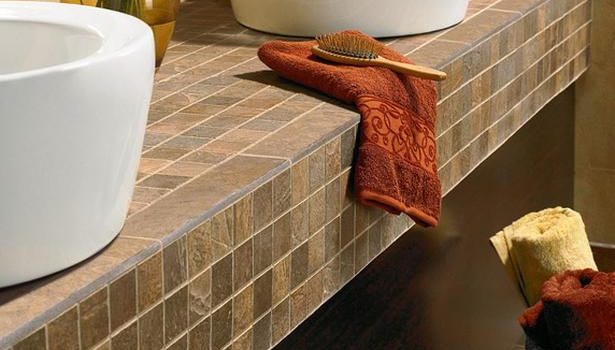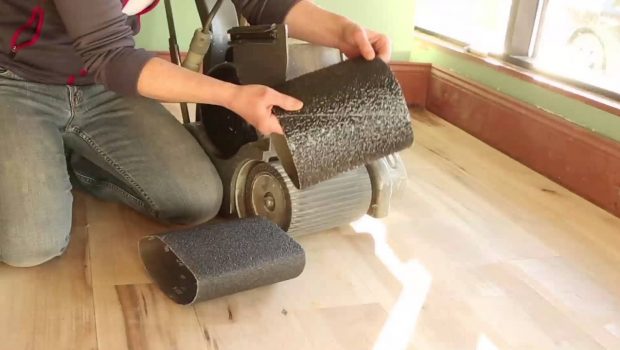If you are planning a home remodel, you know that you are going to have make a lot of decisions about materials. You will need to look at wood for cabinets and textiles for flooring, countertops, walls, doors, etc. In terms of tiling, there are a lot of options and variables you have to weigh. With that in mind, here are a few things to think about when it comes time to buy tiles for your home remodeling projects.
WHERE ARE YOU INSTALLING THEM?
It might seem obvious but take a little time to think about where, exactly, you will be installing your tile. You will need different colors, patterns, styles, and materials based on different needs. Tile can be used for flooring, of course, but also for walls, backsplashes, and even for countertops. Understanding the purpose of the tile helps to make a better decision about what to buy.
DO YOU KNOW THE DIFFERENCE?
Indeed, the term “tile” actually refers to a somewhat wide variety of related materials. “Tile” could, then, refer to bamboo, cork, ceramic, glass, quarry, porcelain, vinyl, bamboo, and more. Vinyl, cork, and bamboo are common base materials for flooring tiles. Ceramic, quarry, and porcelain are popular choices for countertops and floors. Glass is mostly used for walls and for countertop backsplashes. Natural stone looks gorgeous but can be impractical in some applications.
Each textile has a different benefit (cost, durability, moisture absorption, various resistances) so learn about each of these to truly weigh your options.
WHAT IS YOUR LIFESTYLE?
Not just you, personally, but the lifestyle of your house, your family? Will you have a lot of dinner parties? Do you cook a lot? Do you need a mudroom because you like to hike or play a lot of outdoor sports? Carreaux Metro ceramic tiles are probably the most well-rounded choice as they are affordable and easy to maintain. On the other hand, porcelain is nearly “waterproof”. Porcelain is also very strong so it is great in a room with a lot foot traffic (but at a higher cost, of course). Some tiles are better for insulating in cold weather while others offer better textures for flooring or aesthetics.
Obviously, each of the different textiles have their own benefits so be sure to consider how you will use each room where you are installing tile to make the best choice.




